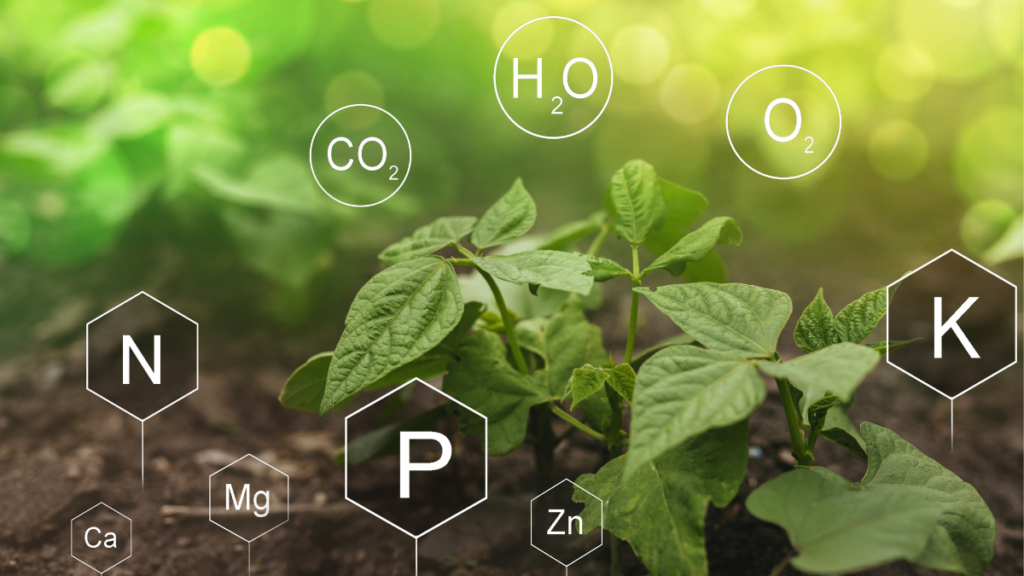What’s up snack cast? I came across a really cool Twitter thread today. It spoke to the USDA and the Dietary Guidelines for Americans as authored by the USDA. It talks about nutrient density and foods. What’s their definition of nutrient density? I’m gonna read to you what their definition of nutrient density is, and then we’ll dig into the weeds
First, let’s give a shout-out to this guy on Twitter. We don’t know him. His name is Peter Ballerstedt@GrassBased assuming his Twitter name is his real name. So let’s first give you the USDA’s actual definition of nutrient density. This is the USDA’s Dietary Guidelines for Americans you can find them at dietaryguidelines.gov. so you can go find all this stuff on your own. Their definition is vegetables, fruits, whole grains, seafood, eggs, beans, peas and lentils, unsalted nuts and seeds, fat-free and low-fat dairy products, and lean meats and poultry. When prepared with no or little added sugars, saturated fat, and sodium are nutrient-dense foods. That’s their definition. Well, Peter Balor pointed out a couple of their flaws, even on one of their own charts. In the nutrient-dense category, they had vegetable oils, shredded wheat, and sparkling water. Sparkling water that comes in a bottle. It’s processed and put in plastic carbonate. Carbonated is worse for you than the water you would pull out of a natural spring full of vitamins and minerals.
I’m no expert, but is Perrier naturally occurring? I don’t know. And shredded wheat over meats, dairy, and butter. You’re cheating. You’re getting in front of me here. Yeah, but I’m not buying into their list of nutrient-dense, you just rattled them off meats, dairy, and butter. Specifically on the meats. They do say that low-fat meats like seafood and poultry are good. But they’re basically alienating beef. This is nutrient density here. Okay, so nutrient density means pound for pound Calorie for calorie. It’s packed with goodness. I read through their definition. But yeah, it’s fine. What they’re getting at for our audience, and for my own purposes, is it’s supposed to be better for you.
So let’s talk about vegetable oils. What do we know about cancer-causing garbage crap? We know that if you track or graph the use of vegetable oil, specifically soybean oil against a graph of America we’ll call it chronic disease. So oils, your vegetable oils don’t use them. Coconut oil and Olive oils are not bad for you. It’s a little processed, but it’s much better than canola and sunflower. I just find it amazing that our government puts this stuff out there. Can I go back to my little bit of hypocrisy slash conspiracy theory here, vegetable oil and sparkling water just stink of lobbies. Do any of them grow in the ground? Do any of them have to be refrigerated? Do any of them spoil?
So deep breath on this one man. I think the point I would like to get the audience to take away is, we have a government body telling us what nutrient dense is but you have to ask yourself, what’s their definition of that? What’s it really mean? Is the information credible? I could bring on 1000 experts that would tell you that grass-fed beef is one of the most nutrient-dense things that we can eat. And the USDA tells us it’s bad. All right, do your own homework, check out dietaryguidelines.gov and Mr. Peter Ballerstedt@Grassbased on Twitter, it’s a really cool read. So that’s it for today guys.


